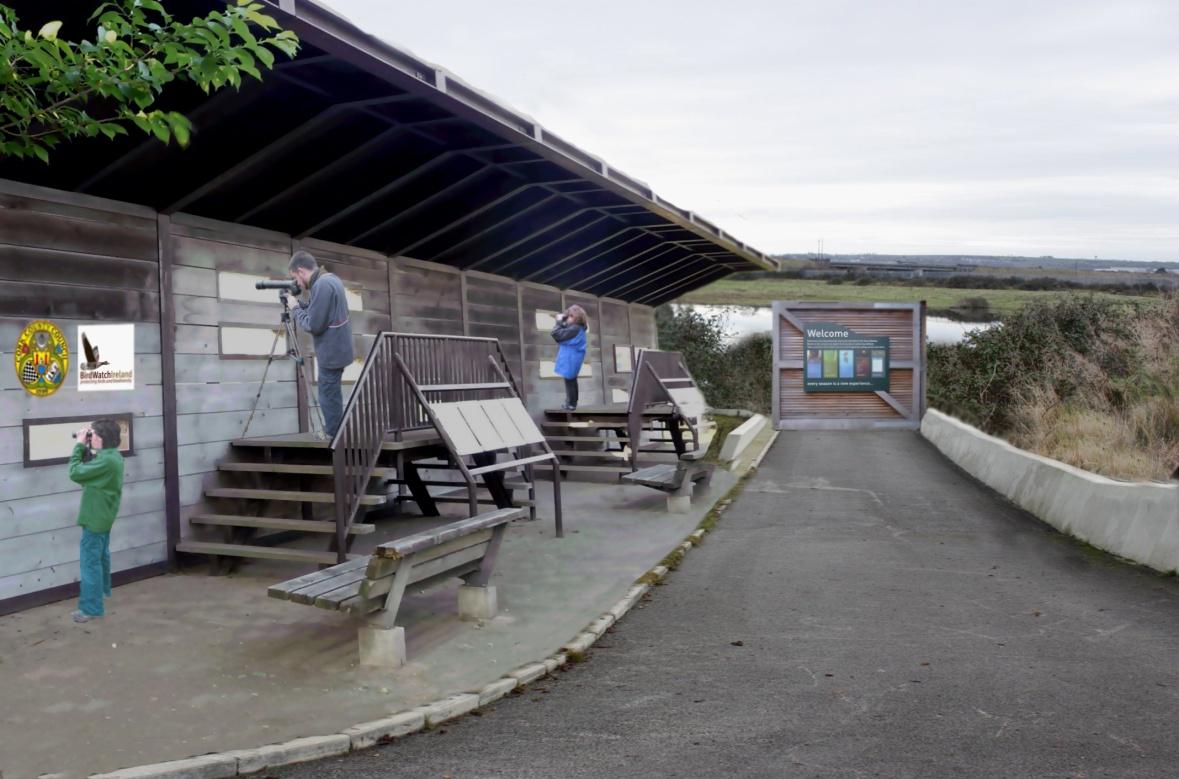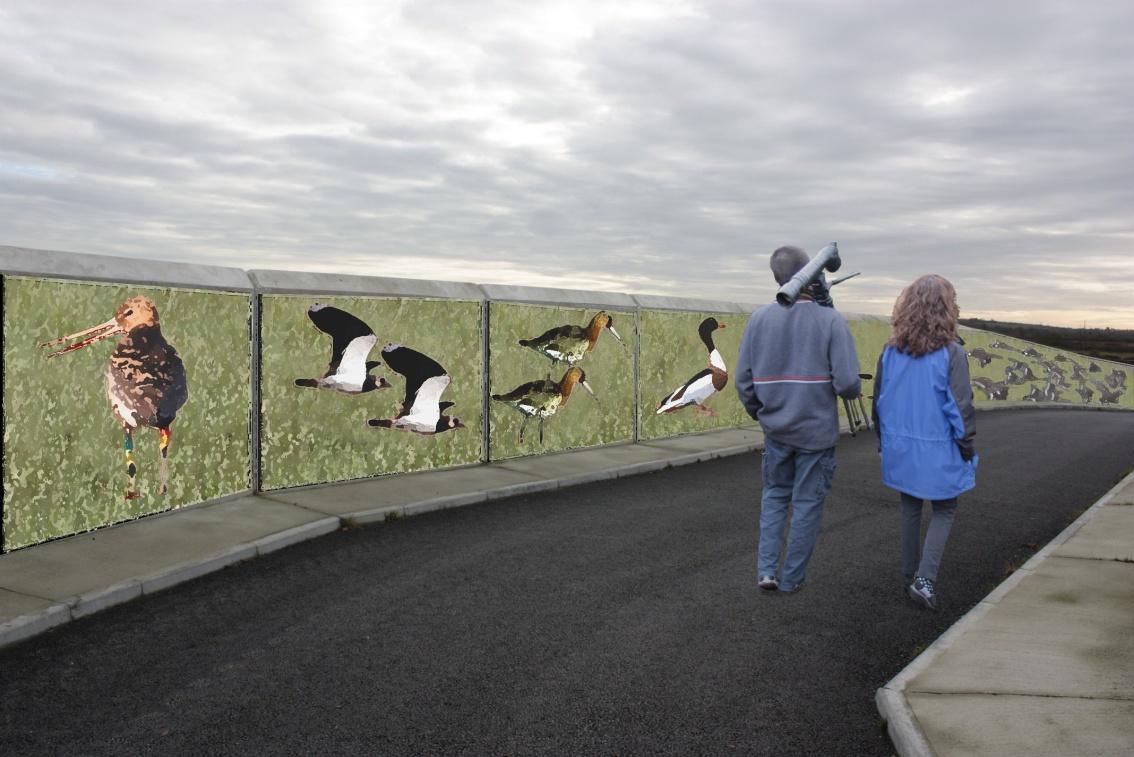Some of these birds come from places as far away as Canada and Siberia.
Cork Harbour is recognised as being of international importance for its wetlands and the tens of thousands of birds that rely on them each year, with some of these birds coming from places as far away as Canada and Siberia. With interest in our environment growing all the time, Glounthaune Community Association and BirdWatch Ireland saw an opportunity to develop a wildlife/educational amenity for the people of Glounthaune, Cork Harbour and national and international tourists visiting East Cork. And, one site, Harper’s island, Glounthaune, Co. Cork was seen as having that potential as it was known to be of importance for wintering and migrating Icelandic Black-tailed Godwits.

For a number of years Glounthaune Community Association, in association with BirdWatch Ireland, have been working with the landowners, Cork County Council, at Harper’s Island with a vision to improve the amenity value of the area, that includes the provision of a strategically placed viewing platform, without the disturbance to the wildlife. This can be achieved through careful planning of the visitor access. The plan is to have the pedestrian entrance from the Johnston Park road, Glounthaune along a screened existing path network (to reduce disturbance to birds feeding on the estuarine mud) to a viewing platform overlooking the tidal flooded area within Harper’s Island. This should work well and prove to be great assets to the area.
Although Harper’s Island is known to be of importance for wintering and migrating Icelandic Black-tailed Godwits it is very important to ascertain the ‘bigger picture’ through gathering information together on the other bird species that use the site and its immediate surroundings and assessing any potential impacts on them. Therefore, as an important step in the development project, there is a need for a detailed study of the birds using Harper’s Island and as such the Glounthaune Community Association commissioned this work.
The very detailed and specialised scientific work carried out through specific and dedicated counts recorded 24 different waterbird species, many of which are declining in numbers nationally. This confirms the importance of the site for waterbirds and some of the key waterbird species found included Wigeon, a dabbling duck from Iceland, and six species of wading birds that breed mainly in the Arctic zone. These are illustrated individually below.


